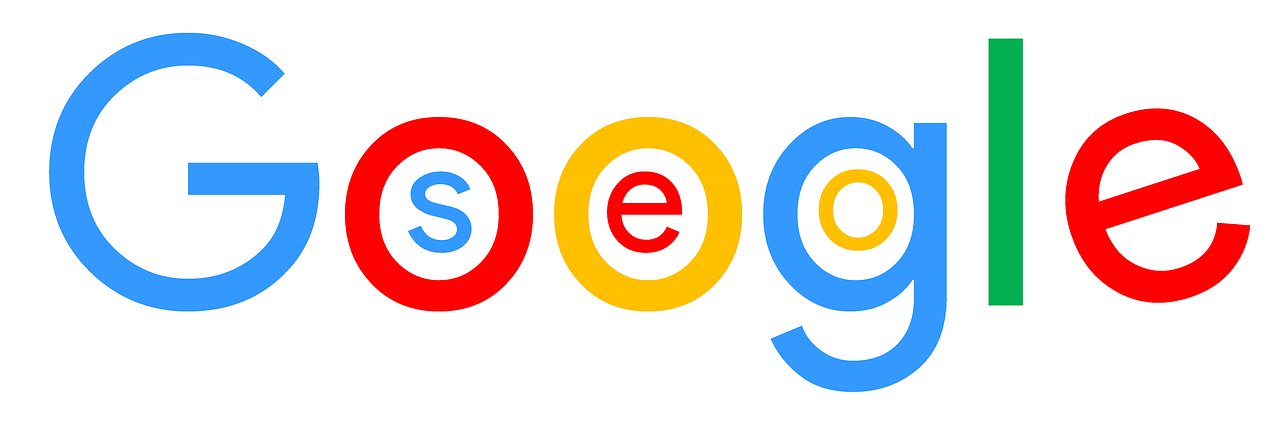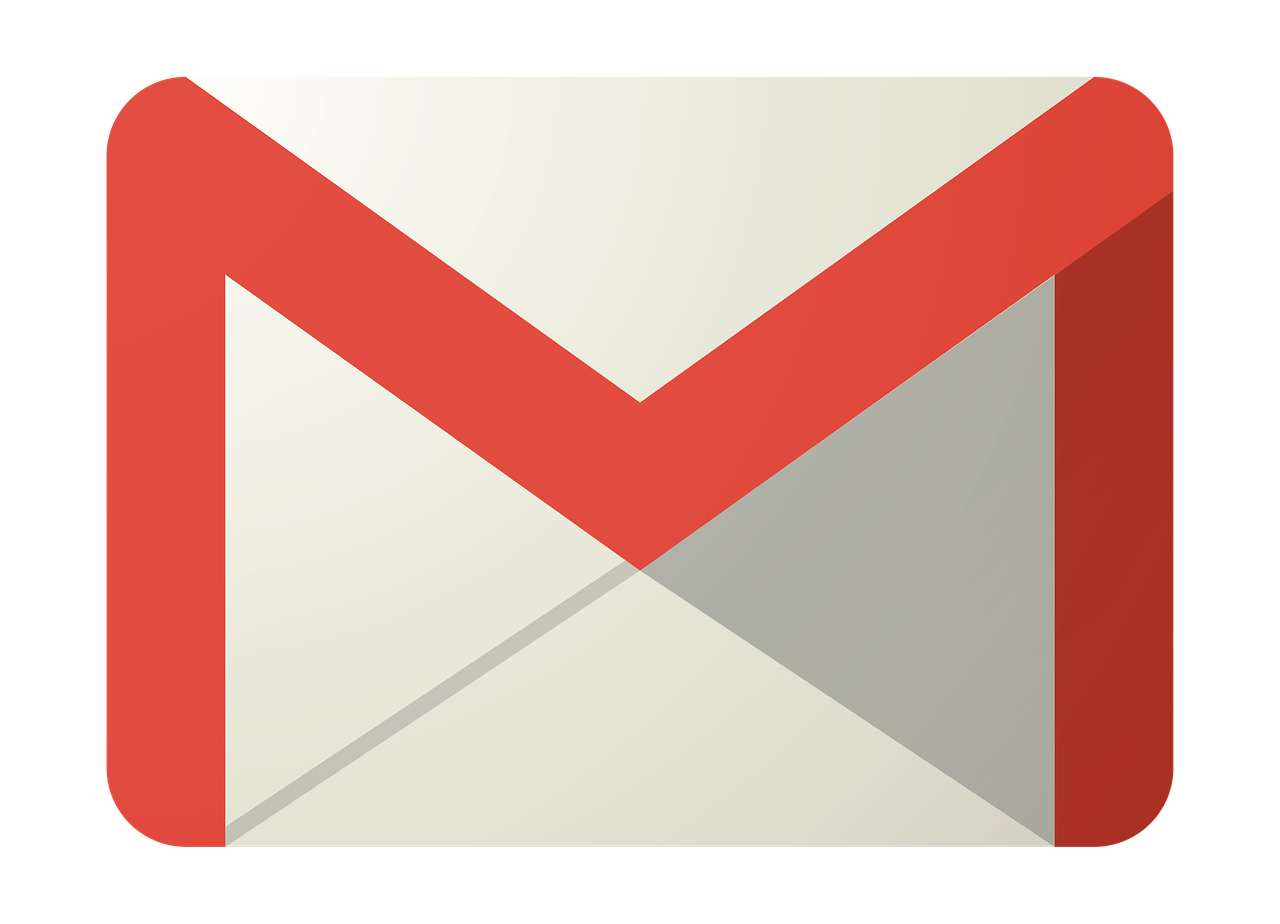How to Fix Google Title Tag Rewrites

In an Office-hours hangout Google’s John Mueller answered the question of what algorithm factors are used to decide title tag rewrites. Mueller offered suggestions for a proactive approach for dealing with the title tag rewrite problem.
What Factors Influence Title Tag Algorithm?
The person asking the question wanted to know what factors influenced Google’s algorithm to change title tags.
The question about title tag rewrites:
“In the summer Google released an update in title generation for web pages. Could you tell us what factors this new algorithm decides which titles should be changed.
We tried using the new documentation on this but nothing seems to work.
The update affected some of our pages, most of the time it’s a category page, its title is cut and the brand domain name is added.
We’ve noticed some other sites in the search results have this problem at the same time.
We see that our main rival in the search results have the same titles they’ve been using since before the update.”
John Mueller On Fixing Title Tag Rewriting

Algorithm Factors for Title Tag Rewrites
The person asked for title tag algorithm factors that go into deciding when to rewrite title tags.
Google has already offered that information in documentation of how the title tag rewrite algorithm works.
So Mueller suggested reading that. Mueller mentioned that fact and then moved on to offering tips of what that person should do if they’re not happy with how their title tags are being rewritten by Google.
The person asking the question mentioned that it seemed to be happening with category pages so the answer to why might be what Google calls, “Micro-boilerplate text in <title> elements.”
Boilerplate in this situation means content that is repeated, like in a template. That’s something that could happen in a category page that could make it less descriptive of what is on the category web page.
Or it could be that the existing title tag is simply not accurate but rather a bunch of keywords the publisher wants to rank for.
A highly common title tag mistake is to use the title tag to seed it with keywords instead of using it to describe the web page.
John Mueller responded to the question:
“I think we have some information in the last blog post that we did about these title changes. I would definitely check that out.”
Title Tags No Longer Tied to Individual Query
An interesting insight that John Mueller shared is that titles are no longer tied to individual queries.
Mueller continued his answer:
“One of the I think bigger changes here that happened is that the titles are no longer tied to the individual query.”
How to Fix Title Tags
Mueller next discussed how to troubleshoot the title tag to find the best one.
Mueller advised:
“So it’s something that is really on a per page basis.
On the one hand this means that it doesn’t adapt kind of dynamically. So it’s a little bit easier to test.
On the other hand it also means that it’s easier for you to try different things out in the sense that you can change things on your pages and then you could use the submit to indexing tool and see what happens in Google search results, what does it look like now.
Because of that, it’s something where I would recommend if you’re seeing weird titles on your pages just to try different approaches out and see what works, what’s best for your website, for your kind of content and based on that to expand that to the rest of your website.
So that’s kind of the direction I would take there, to essentially just try it out and try different approaches out.
And because it’s really static on a per page basis, it is something that is a lot easier to experiment with a little bit and to see well what are the different options that I can do
here, how can I show my company name or my website’s name, how can I show the title that is relevant here and all of those different things.From that point of view, just try things out.”
Mueller continued his response, addressing the part about how the competitor’s title tags aren’t rewritten by stating that Google doesn’t target sites for title tag rewriting.
How to Respond to Title Tag Rewrites
Mueller didn’t expand on what he meant by, “titles are no longer tied to individual queries.” That might be a good question for someone to ask him at next weeks office-hours hangout.
He also advised that it’s okay to change the title tag and submit the URL via search console to see if Google responds favorably to the changes.
Citations
Google Search Central Title Tag Documentation
Control your title links in search results
What to Do About Weird Title Tag Rewrites
Watch Mueller Discuss Title Tag Rewrites at the 12:41 Minute Mark:
This Week in Search News: Simple and Easy-to-Read Update

Here’s what happened in the world of Google and search engines this week:
1. Google’s June 2024 Spam Update
Google finished rolling out its June 2024 spam update over a period of seven days. This update aims to reduce spammy content in search results.
2. Changes to Google Search Interface
Google has removed the continuous scroll feature for search results. Instead, it’s back to the old system of pages.
3. New Features and Tests
- Link Cards: Google is testing link cards at the top of AI-generated overviews.
- Health Overviews: There are more AI-generated health overviews showing up in search results.
- Local Panels: Google is testing AI overviews in local information panels.
4. Search Rankings and Quality
- Improving Rankings: Google said it can improve its search ranking system but will only do so on a large scale.
- Measuring Quality: Google’s Elizabeth Tucker shared how they measure search quality.
5. Advice for Content Creators
- Brand Names in Reviews: Google advises not to avoid mentioning brand names in review content.
- Fixing 404 Pages: Google explained when it’s important to fix 404 error pages.
6. New Search Features in Google Chrome
Google Chrome for mobile devices has added several new search features to enhance user experience.
7. New Tests and Features in Google Search
- Credit Card Widget: Google is testing a new widget for credit card information in search results.
- Sliding Search Results: When making a new search query, the results might slide to the right.
8. Bing’s New Feature
Bing is now using AI to write “People Also Ask” questions in search results.
9. Local Search Ranking Factors
Menu items and popular times might be factors that influence local search rankings on Google.
10. Google Ads Updates
- Query Matching and Brand Controls: Google Ads updated its query matching and brand controls, and advertisers are happy with these changes.
- Lead Credits: Google will automate lead credits for Local Service Ads. Google says this is a good change, but some advertisers are worried.
- tROAS Insights Box: Google Ads is testing a new insights box for tROAS (Target Return on Ad Spend) in Performance Max and Standard Shopping campaigns.
- WordPress Tag Code: There is a new conversion code for Google Ads on WordPress sites.
These updates highlight how Google and other search engines are continuously evolving to improve user experience and provide better advertising tools.
AI
Exploring the Evolution of Language Translation: A Comparative Analysis of AI Chatbots and Google Translate

According to an article on PCMag, while Google Translate makes translating sentences into over 100 languages easy, regular users acknowledge that there’s still room for improvement.
In theory, large language models (LLMs) such as ChatGPT are expected to bring about a new era in language translation. These models consume vast amounts of text-based training data and real-time feedback from users worldwide, enabling them to quickly learn to generate coherent, human-like sentences in a wide range of languages.
However, despite the anticipation that ChatGPT would revolutionize translation, previous experiences have shown that such expectations are often inaccurate, posing challenges for translation accuracy. To put these claims to the test, PCMag conducted a blind test, asking fluent speakers of eight non-English languages to evaluate the translation results from various AI services.
The test compared ChatGPT (both the free and paid versions) to Google Translate, as well as to other competing chatbots such as Microsoft Copilot and Google Gemini. The evaluation involved comparing the translation quality for two test paragraphs across different languages, including Polish, French, Korean, Spanish, Arabic, Tagalog, and Amharic.
In the first test conducted in June 2023, participants consistently favored AI chatbots over Google Translate. ChatGPT, Google Bard (now Gemini), and Microsoft Bing outperformed Google Translate, with ChatGPT receiving the highest praise. ChatGPT demonstrated superior performance in converting colloquialisms, while Google Translate often provided literal translations that lacked cultural nuance.
For instance, ChatGPT accurately translated colloquial expressions like “blow off steam,” whereas Google Translate produced more literal translations that failed to resonate across cultures. Participants appreciated ChatGPT’s ability to maintain consistent levels of formality and its consideration of gender options in translations.
The success of AI chatbots like ChatGPT can be attributed to reinforcement learning with human feedback (RLHF), which allows these models to learn from human preferences and produce culturally appropriate translations, particularly for non-native speakers. However, it’s essential to note that while AI chatbots outperformed Google Translate, they still had limitations and occasional inaccuracies.
In a subsequent test, PCMag evaluated different versions of ChatGPT, including the free and paid versions, as well as language-specific AI agents from OpenAI’s GPTStore. The paid version of ChatGPT, known as ChatGPT Plus, consistently delivered the best translations across various languages. However, Google Translate also showed improvement, performing surprisingly well compared to previous tests.
Overall, while ChatGPT Plus emerged as the preferred choice for translation, Google Translate demonstrated notable improvement, challenging the notion that AI chatbots are always superior to traditional translation tools.
Source: https://www.pcmag.com/articles/google-translate-vs-chatgpt-which-is-the-best-language-translator
Google Implements Stricter Guidelines for Mass Email Senders to Gmail Users

Beginning in April, Gmail senders bombarding users with unwanted mass emails will encounter a surge in message rejections unless they comply with the freshly minted Gmail email sender protocols, Google cautions.
Fresh Guidelines for Dispatching Mass Emails to Gmail Inboxes In an elucidative piece featured on Forbes, it was highlighted that novel regulations are being ushered in to shield Gmail users from the deluge of unsolicited mass emails. Initially, there were reports surfacing about certain marketers receiving error notifications pertaining to messages dispatched to Gmail accounts. Nonetheless, a Google representative clarified that these specific errors, denoted as 550-5.7.56, weren’t novel but rather stemmed from existing authentication prerequisites.
Moreover, Google has verified that commencing from April, they will initiate “the rejection of a portion of non-compliant email traffic, progressively escalating the rejection rate over time.” Google elaborates that, for instance, if 75% of the traffic adheres to the new email sender authentication criteria, then a portion of the remaining non-conforming 25% will face rejection. The exact proportion remains undisclosed. Google does assert that the implementation of the new regulations will be executed in a “step-by-step fashion.”
This cautious and methodical strategy seems to have already kicked off, with transient errors affecting a “fraction of their non-compliant email traffic” coming into play this month. Additionally, Google stipulates that bulk senders will be granted until June 1 to integrate “one-click unsubscribe” in all commercial or promotional correspondence.
Exclusively Personal Gmail Accounts Subject to Rejection These alterations exclusively affect bulk emails dispatched to personal Gmail accounts. Entities sending out mass emails, specifically those transmitting a minimum of 5,000 messages daily to Gmail accounts, will be mandated to authenticate outgoing emails and “refrain from dispatching unsolicited emails.” The 5,000 message threshold is tabulated based on emails transmitted from the same principal domain, irrespective of the employment of subdomains. Once the threshold is met, the domain is categorized as a permanent bulk sender.
These guidelines do not extend to communications directed at Google Workspace accounts, although all senders, including those utilizing Google Workspace, are required to adhere to the updated criteria.
Augmented Security and Enhanced Oversight for Gmail Users A Google spokesperson emphasized that these requisites are being rolled out to “fortify sender-side security and augment user control over inbox contents even further.” For the recipient, this translates to heightened trust in the authenticity of the email sender, thus mitigating the risk of falling prey to phishing attempts, a tactic frequently exploited by malevolent entities capitalizing on authentication vulnerabilities. “If anything,” the spokesperson concludes, “meeting these stipulations should facilitate senders in reaching their intended recipients more efficiently, with reduced risks of spoofing and hijacking by malicious actors.”
-

 SEO7 days ago
SEO7 days agoGoogle’s Revamped Documentation Shows 4 Reasons To Refresh Content
-
SEARCHENGINES5 days ago
Daily Search Forum Recap: August 26, 2024
-

 SEARCHENGINES7 days ago
SEARCHENGINES7 days agoGoogle Ranking Bug Fixed, August Core Update Swings, AI Overviews, Google Ads Bug & More
-
SEARCHENGINES4 days ago
Daily Search Forum Recap: August 27, 2024
-

 WORDPRESS7 days ago
WORDPRESS7 days agoHow to Secure Your WordPress Store
-

 AFFILIATE MARKETING7 days ago
AFFILIATE MARKETING7 days agoBusiness Owners are Batting 1,000 With This All-in-One Management Hub
-

 SEARCHENGINES6 days ago
SEARCHENGINES6 days agoGoogle Migrating All To Google Merchant Center Next By September
-

 WORDPRESS5 days ago
WORDPRESS5 days ago10 Best StudioPress Alternatives (Genesis Framework)













You must be logged in to post a comment Login